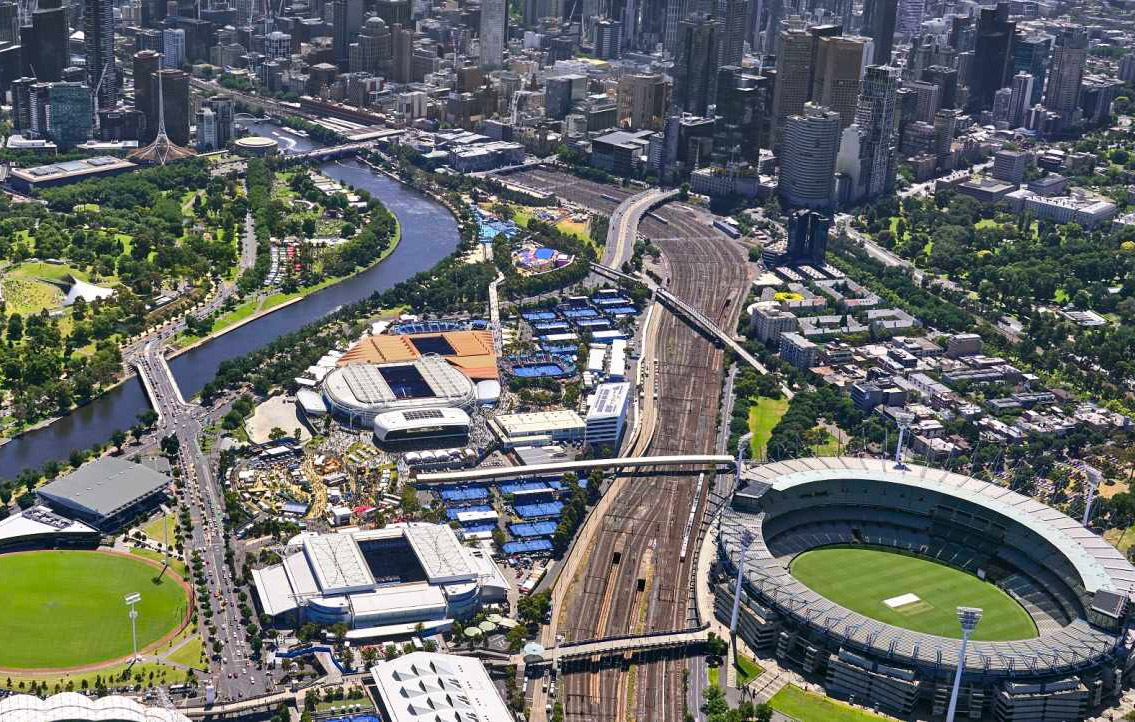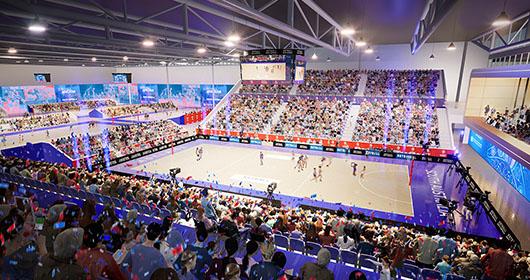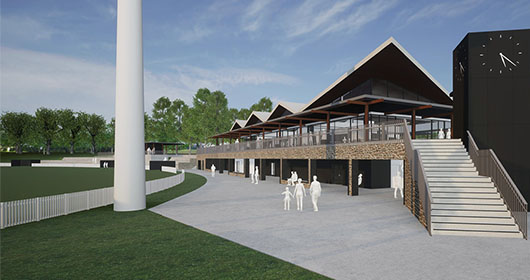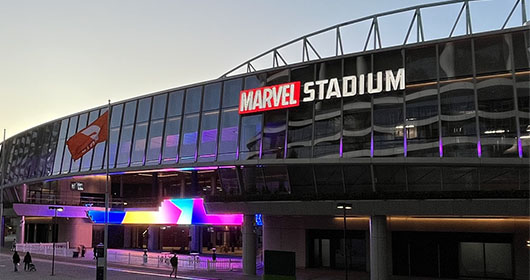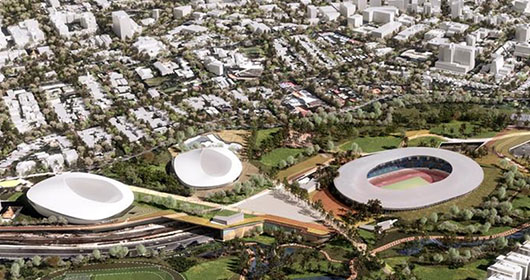History of Australian Open Venues
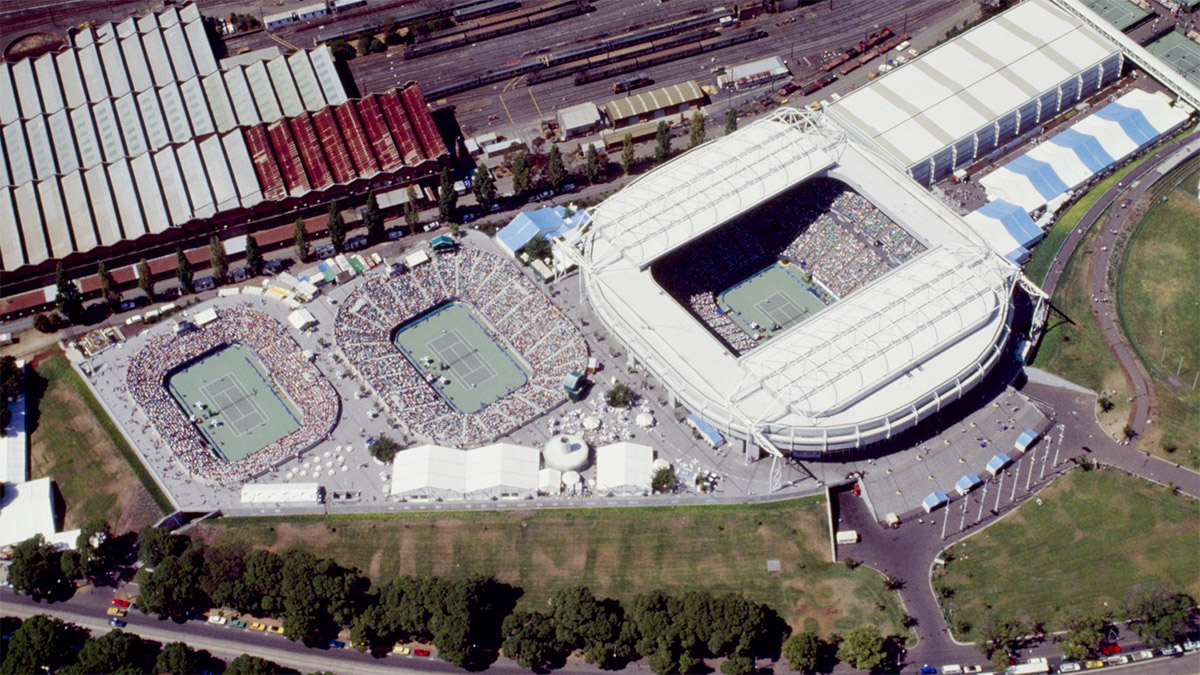
The Australian Open is one of the most prestigious tennis tournaments in the world. As the first grand slam of the year, it attracts players and spectators from all over the globe.
The history of the tournament is significant, spanning over 100 years and gaining enormous popularity. While the tournament has been held at Melbourne Park since 1988, regarded as the best tennis facility in the world, the tournament has previously been played at numerous venues across both Australia and New Zealand, and these venues have witnessed many unforgettable moments.
Looking Back
Originally known as the Australasian Championships, the tournament was first played in November 1905 at the Warehouseman's Cricket Club Ground (now known as the Albert Reserve Tennis Centre) in Melbourne. Since then, the tournament has been held in: Christchurch NZ (1906); Auchenflower, Brisbane (1907, 1915); Double Bay Grounds, Sydney (1908, 1919); Perth Zoo, Perth (1909); Adelaide (1910, 1920); Hastings NZ (1912); Mueller, Perth (1913, 1921); White City Stadium, Sydney (15 times between 1922 and 1971 which was another record until that time).
The tournament became known as the Australian Championships in 1927 and from 1969, the Australian Open. Since then, the Open has been played at the Milton Tennis Centre in Brisbane, Memorial Drive in Adelaide, and Kooyong Lawn Tennis Club in Melbourne.
From 1972, it was decided the Australian Open would be played solely in Melbourne as it attracted the largest crowds. Initially played at Kooyong, the tournament moved to its current home, Melbourne Park (then known as Flinders Park) in 1988.
Initially containing just Rod Laver Arena and two show courts, the venue continues to grow and now features three stadium courts, two show courts with another under construction, multiple outdoor courts and many other world-class facilities. We look at the two largest courts in more detail.
Rod Laver Arena
Rod Laver Arena is the main stadium at the Australian Open. The heart of Melbourne Park, it features a seating capacity of 14,820. Previously known as Centre Court, in 2000 it was renamed to honour one of the most successful players and former winner of the tournament, Rod Laver. The venue has had three surfaces – initially Rebound Ace, then Plexicushion from 2008 until 2019, and now blue GreenSet. Additionally, the arena is equipped with a retractable roof that allows matches to continue during wet or extreme hot conditions.
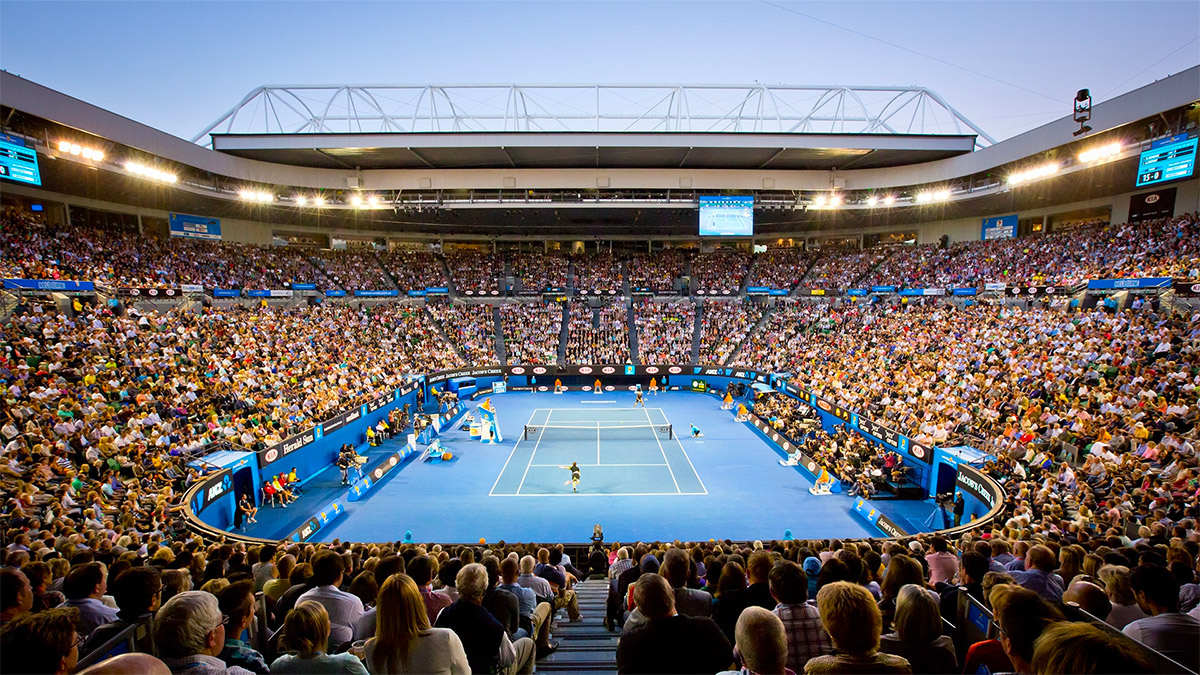
Melbourne Arena
The 10,500-seat Melbourne Arena (previously known as Vodafone and Hisense Arena) opened at Melbourne Park in 2000 and boosted its capacity for big matches. It is known for generating a loud atmosphere for matches and similar to Rod Laver Arena (and Margaret Court Arena), also features a retractable roof. Outside of tennis, the stadium even features a velodrome for cycling events, while it also hosts basketball and netball.
The Youngest Winner at the Tour
Speaking about the most memorable events, we will start with the story of the youngest winner of the Australian Open. This title belongs to one of the most successful players from Switzerland, Martina Hingis, who defeated another great player – France’s Mary Pierce. At the time of the 1997 women’s final, Martina was just 16-years and 117-days of age, which was amazing and deserves to be in our memories. What is more important about the win is the result of 6-2 6-2. Many people, especially bettors, cannot ignore such huge events such as the Australian Open and no one could expect a score like that. That is why the odds were not in her favour that day, but she still came away with a memorable win. You can check here to learn about the famous betting events and the winning odds for Australian Open 2021.
Serena Slam Completed
Another memorable win on Rod Laver Arena occurred when Serena Williams took her fourth slam in a row. The match was played in 2003 and Serena was under pressure to complete the golden slam. She played the final against her sister, Venus, and took the match in three sets: 7-6(4) 3-6 6-4. It was the perfect moment for the celebration of the Serena slam. To date, the US tennis player stands out from the crowd with 23 slams, with seven of them in Australia.
Greatest Match of All Time
If we speak about the unforgettable moments in the history of the Australian tournament, then we must mention the incredibly long match between Novak Djokovic and Rafael Nadal in the 2012 final. The match was recorded as the longest Grand Slam final in tennis history with a total time of five hours and 53 minutes. After such an exhausting match, Novak took the trophy with the score being 5-7 6-4 6-2 6-7(5) 7-5.
The First Winner from Asia
Another memorable moment at the Australian Open took place in 2014 when the first Asian player won the competition. It was Chinese tennis player, Li Na who took the Grand Slam title by defeating runner up from Slovakia, Dominika Cibulkova. The final score of the match was 7-6(3) 6-0 and we should put it in the list of one of the most intriguing events.
Goodbye from Lleyton
Lleyton Hewitt is famous as one of the most successful tennis players from Australia. After 20 years of a brilliant career and taking 30 ATP titles including Wimbledon and the US Open, he decided to compete at his last Australian Open in 2016. Despite Lleyton’s early defeat in the second round against David Ferrer, he received a standing ovation from the crowd in his home country. What an emotional moment at Melbourne Park.
We now look forward to the 2021 edition of the Australian Open, which is due to be played at Melbourne Park in late January.
